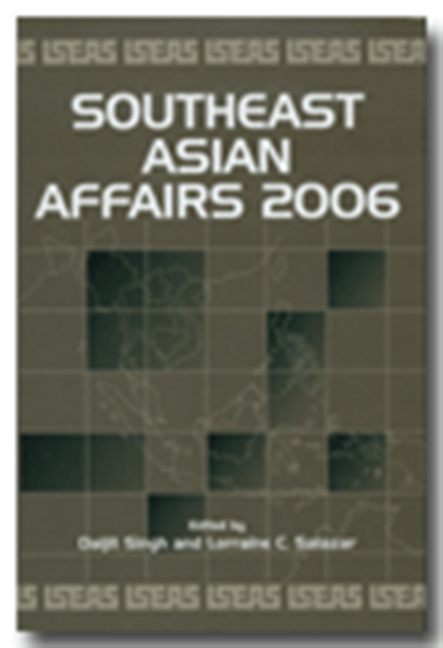Indonesian Military Reform: More Than a Human Rights Issue
from Indonesia
Published online by Cambridge University Press: 21 October 2015
Summary
Military reform in Indonesia is an ongoing but long-term process. The armed forces are making remarkable progress in transforming itself into its new role in a vigorous democratic society. Since the resignation of President Soeharto in May 1998 the armed forces establishment has implemented important reforms to bring about this transformation. While the military is still the most powerful element of Indonesian society, it is no longer the monolithic arbiter of political power in Indonesia that it was for the three decades of Soeharto's New Order.
Military reform in Indonesia is important to many players. Three institutional elements stand out in this regard. Obviously the greatest impact is on the Indonesian military itself. Military reform is also of consummate importance to the people of Indonesia, most of whom favour reform of the TNI in some substantial form. Finally, reform of the TNI is a key element in the foreign policy with Indonesia of several important friendly countries, including Australia, the United States, and the United Kingdom.
The TNI has not yet implemented all of the reforms its critics desire, but it must be given credit for the changes it has made to date. The TNI gave up its blocks of reserved appointed seats in parliament and regional assemblies. Military personnel now must retire before taking civilian government posts, whether electoral positions in parliament or at the province level and below, or in non-defence-related positions in the government civil service. This is a huge contrast to the Soeharto years, when thousands of military personnel occupied civil government and societal posts at all levels and active duty officers routinely filled cabinet posts. There are no active duty officers in the current national cabinet, a significant change from the Soeharto years.
The TNI has withdrawn, as an institution, from day-to-day political activities. The TNI does not support any political party — no more wearing the yellow jacket of Golkar, for example, as senior officers did during the Soeharto years.
- Type
- Chapter
- Information
- Southeast Asian Affairs 2006 , pp. 111 - 126Publisher: ISEAS–Yusof Ishak InstitutePrint publication year: 2006



